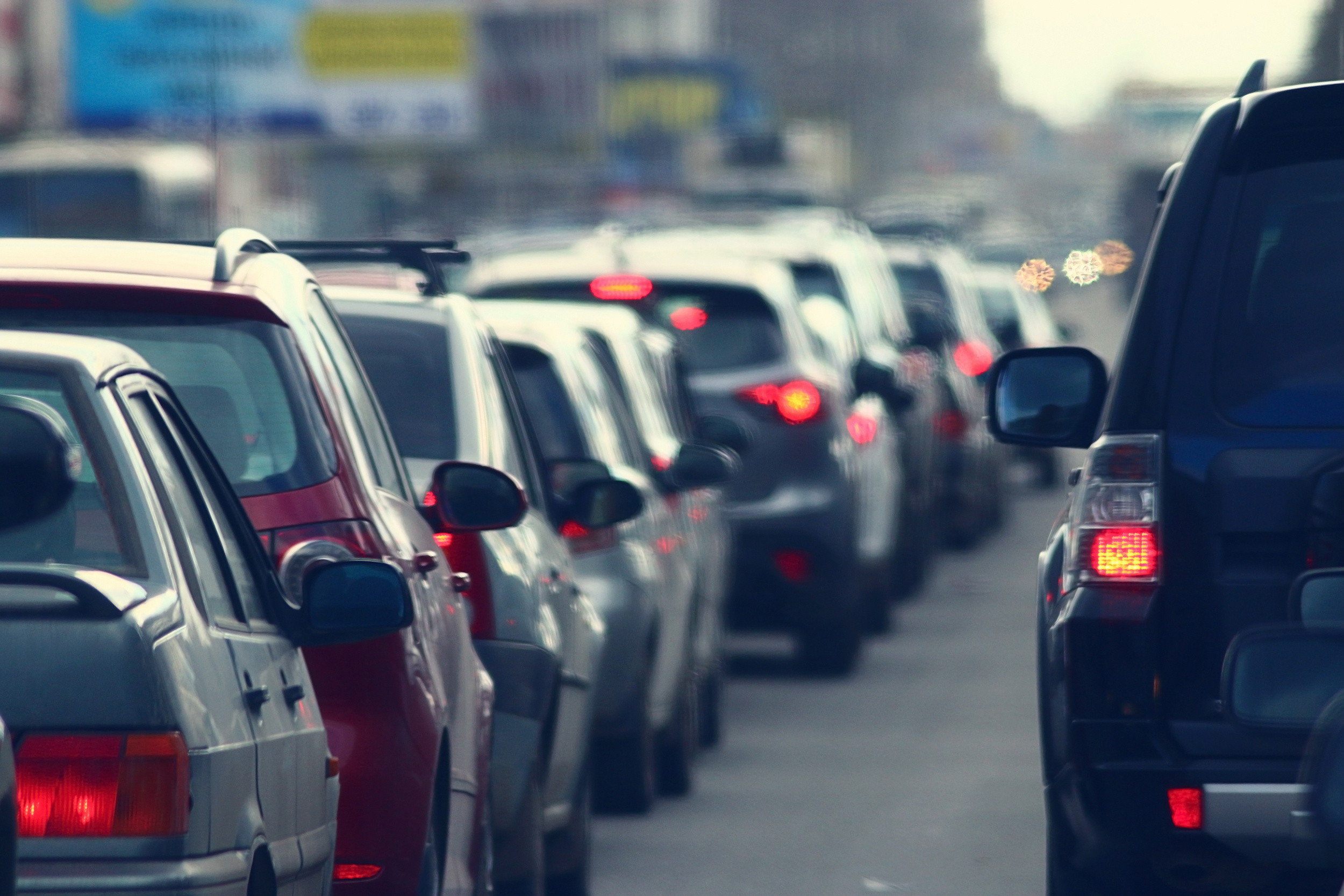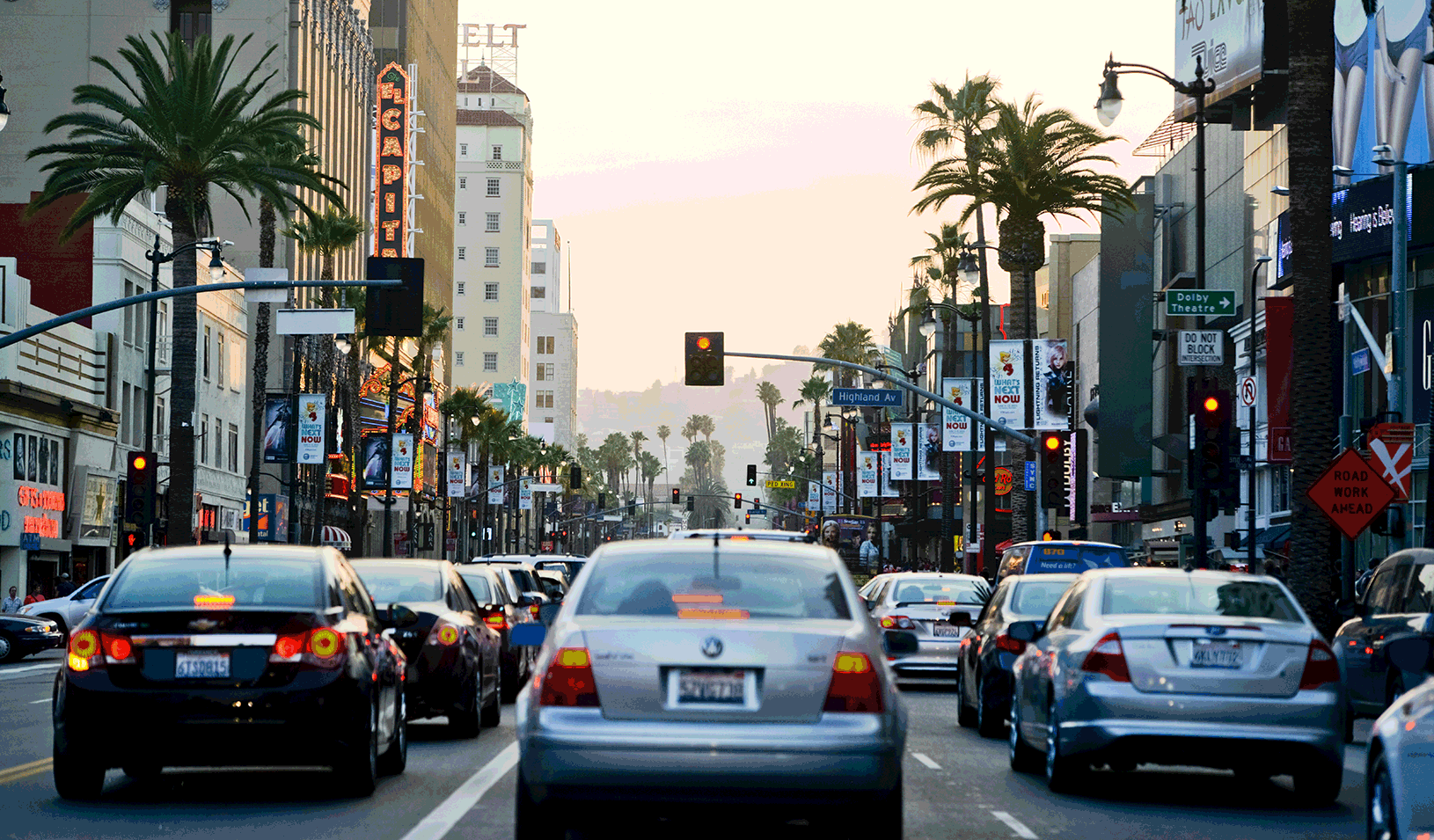

If no action is taken and streets remain as they are today, only 19% of displaced transit riders (1,700 people) are estimated to shift to walking or biking, potentially adding thousands of single-occupancy vehicle trips to the streets. To avoid a post-COVID carpocalypse, Chicago must expand its network of resilient streets that make walking, biking and transit safe, easy and fast.įor example, a recent analysis by Sam Schwartz Engineering found that up to 7,000 morning transit commuters on the Division Street corridor may be looking for another option as Chicago reopens. And those who live in more polluted areas are more likely to die from COVID-19.

Indeed, people with underlying conditions (some of which are caused or exacerbated by pollution) are more susceptible to COVID-19. Walking, cycling and riding transit instead of driving also boosts community health through physical activity and promotes cleaner air. Congress must provide emergency assistance for transit agencies and state and local governments to support innovative transportation responses to the pandemic. With COVID crippling the budgets of local governments, federal and state funding is needed to help communities emerge from this crisis on a path toward a healthier transportation system. These same residents are less likely to have the privilege to work from home and more likely to rely on transit, walking and biking to get where they need to go. The pandemic worsened inequities in our transportation network as many Black and Brown residents lack access to reliable transit and safe places to walk and bike. The region’s persistent car dependency isolates our most vulnerable residents and makes it more difficult for people to access economic opportunity. Our roads cannot handle the “carpocalypse” that will result if public transit becomes unreliable just as travel increases to pre-COVID levels, not to mention the additional noise, air pollution, and traffic injuries.Įach year, about 7,000 people in the Chicago region are injured or killed in traffic crashes. Black Chicagoans are more than twice as likely to be killed in a traffic crash than white Chicagoans, and almost half of all fatal crash victims are Black. The answer may depend on whether Congress steps up to support local governments working to promote more safe, healthy and sustainable transportation options during and after the pandemic.


 0 kommentar(er)
0 kommentar(er)
